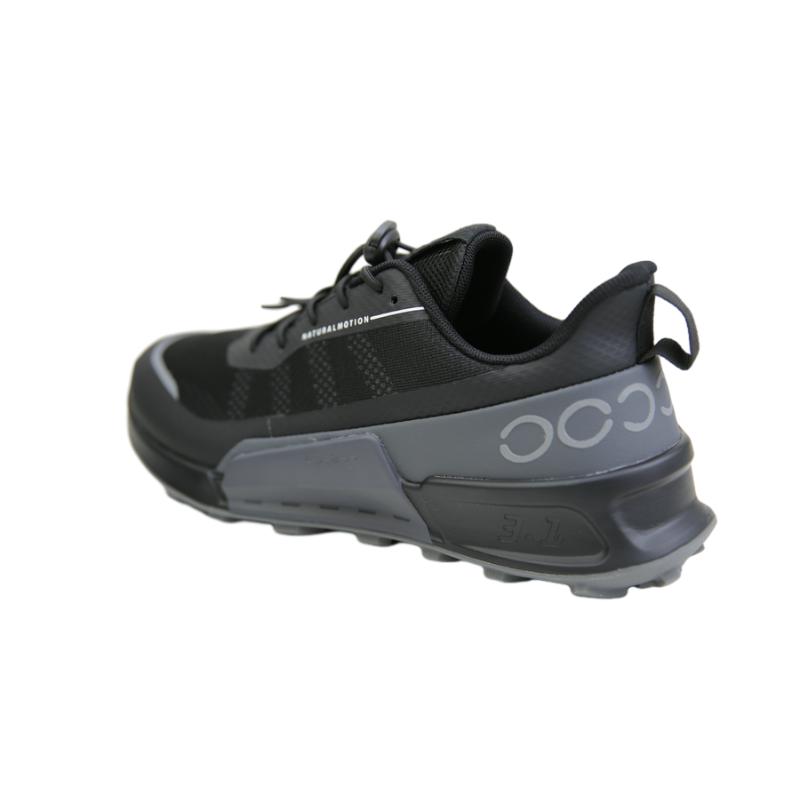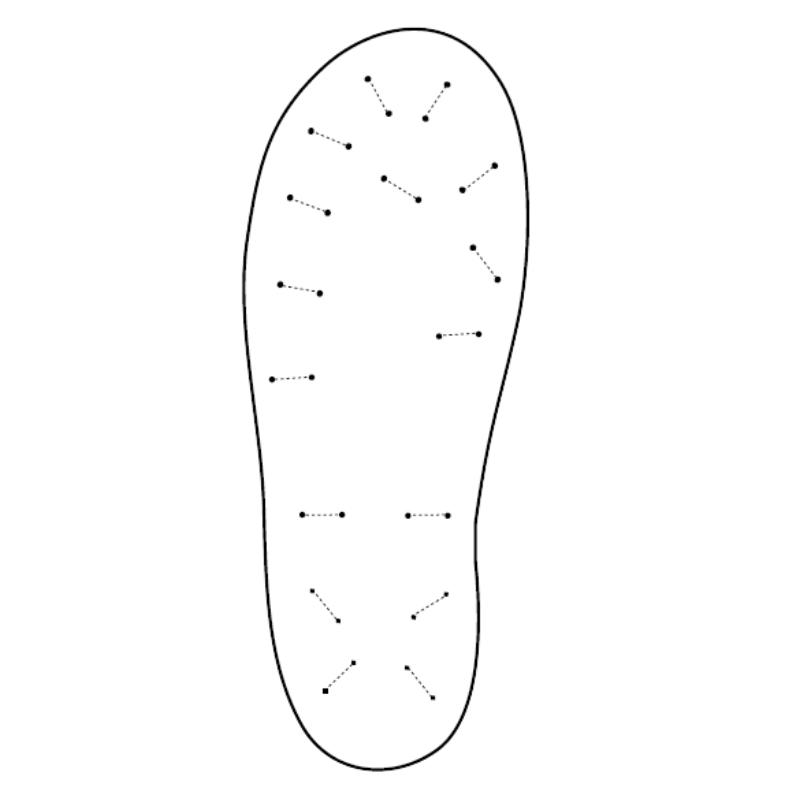In conclusion, high and dry waders are more than just waterproof attire; they embody the spirit of resilience and preparedness in the face of challenging outdoor conditions. For anglers and nature enthusiasts, they are a symbol of freedom, allowing them to explore the depths of water bodies without worry. So, the next time you plan a fishing trip or a wetland exploration, remember the importance of a reliable pair of high and dry waders – your ultimate companion in the great outdoors.











